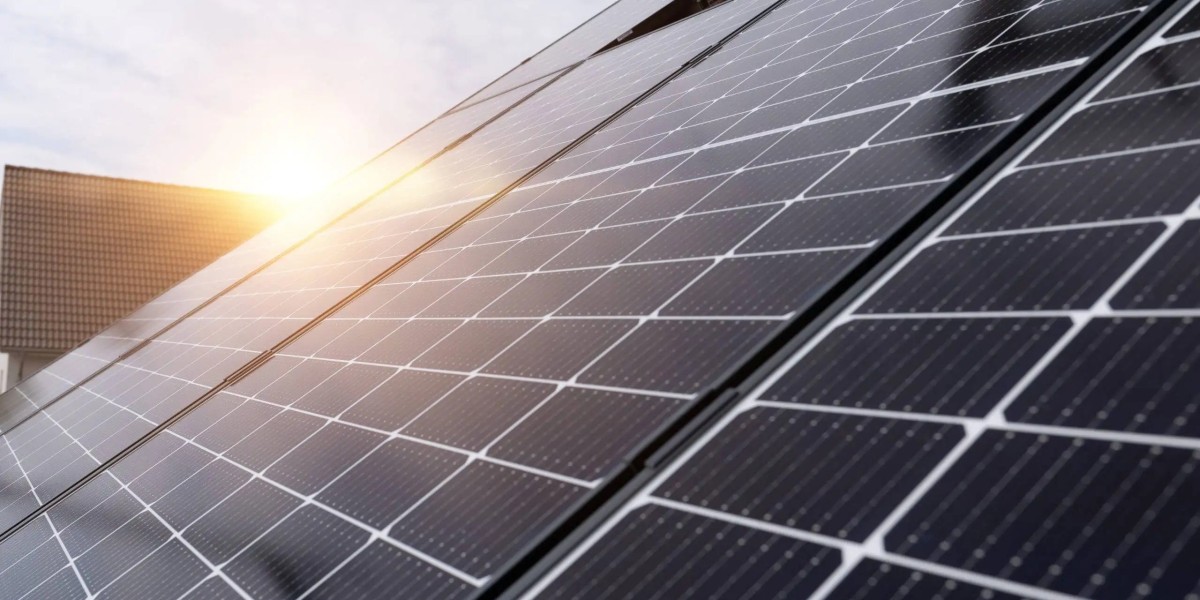As Melbourne’s weather shifts with the seasons, many homeowners prepare for cooler temperatures, gusty winds, and steady rain. But one issue that often goes unnoticed until it becomes a major headache is the health of your stormwater drainage system.
Blocked drains are one of the most common reasons behind backyard flooding, soggy lawns, and property water damage during rainy months. If you haven’t recently checked for blocked stormwater drains, now’s the time—before the next downpour turns a minor issue into a full-blown disaster.
Why It’s More Than Just “Some Water in the Yard”
A bit of standing water may not seem like a big deal at first. But stormwater systems are designed to move large volumes of rain quickly and safely away from your home. If even one part of the system is blocked, the water will find another route—often flowing toward your house or pooling under outdoor structures.
Blocked stormwater drains can result in:
Foundation damage from consistent water pressure and erosion
Flooded garages and basements
Rotting garden beds and landscaping
Slippery driveways and paths, which pose serious injury risks
Rising damp and mildew, especially in older homes
The consequences aren’t just annoying—they’re expensive to repair and can affect your property’s value and safety.
What Causes Drains to Get Blocked?
Stormwater drains are exposed to the elements year-round. Unlike internal plumbing, they don't deal with soap and waste—they handle the unpredictable outdoors.
Here are the usual suspects when it comes to blockages:
Leaves, twigs, and garden debris – a constant threat in autumn
Tree roots – particularly invasive near underground piping
Soil and silt – washed down from gardens, paths or construction
Poor gutter maintenance – blocked gutters overflow into downpipes
Heavy storms – which push debris into drains faster than normal
If it hasn’t rained heavily in a while, you might not even realise there’s a problem… until it’s too late.
Telltale Signs Your Drain May Be Blocked
Sometimes the signs are subtle—other times they’re unmistakable. Keep an eye out for:
Overflowing drains during moderate rain
Pools of water near outdoor pits or grates
Gurgling noises or bubbling near downpipes
Moss, mould, or mildew around concrete or brickwork
Slow drainage from paved or low-lying outdoor areas
Catching these signs early can save you thousands in water damage and repair costs.
Why DIY Often Isn’t Enough
You might be tempted to flush out the blockage yourself with a garden hose or store-bought chemical cleaner. But stormwater blockages are often located deep within the piping system—far beyond your reach. Plus, chemicals used for indoor drains may be unsafe or ineffective for outdoor systems.
Professionals use high-pressure water jetting, pipe cameras, and advanced tools to clear even the most stubborn obstructions without damaging your drainage infrastructure.
That’s why most homeowners choose to leave blocked stormwater drains to the experts—it’s safer, faster, and often more cost-effective in the long run.
Best Times of Year for Drain Maintenance
Spring and autumn are ideal times for checking stormwater drains. In spring, early maintenance can prepare your home for increased rainfall. In autumn, clearing leaves and debris stops blockages from forming over winter.
If your home is surrounded by large trees, or you’ve had construction or landscaping work done recently, you should consider scheduling maintenance more frequently.
How to Prevent Drain Blockages Going Forward
You don’t have to wait for a problem to arise before taking action. These simple habits will keep your system healthy:
Clean your gutters every 2–3 months
Install drain grates to catch large debris
Avoid planting trees with aggressive roots near pipes
Divert runoff from garden beds away from drain inlets
Schedule a professional stormwater inspection annually
A little prevention can go a long way when it comes to protecting your home during Melbourne’s unpredictable rainstorms.
Professional Help When It Matters Most
When stormwater drains block, every minute counts. Backed-up water moves quickly, and the damage it leaves behind can be extensive. If you’ve noticed any of the signs mentioned above or suspect your system isn’t functioning properly, don’t delay repairs.
A qualified plumber can diagnose the problem using CCTV inspections and clear the blockage safely, restoring full flow and preventing future issues.
For fast, professional stormwater solutions in Melbourne, MGR Plumbing offers expert inspections, drain cleaning, and ongoing maintenance. Whether you’re preparing for the next storm or dealing with the aftermath of one, their experienced team is ready to help you protect your home.






